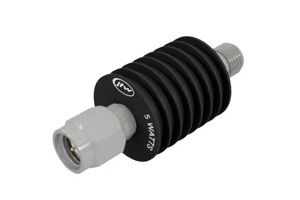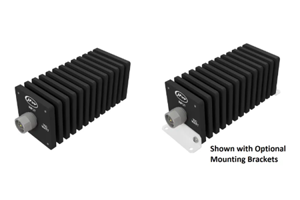Attenuators
ABOUT
Attenuators are the exact opposite of an amplifier. An attenuator is used to reduce the intensity of either electricity or sound. For example, the digital impulse that is used to drive a speaker may be stepped down to prevent the lower range speakers from failing. An equalizer in music is a form of amplifier and attenuator rolled up into one. However, it targets on particular frequency. Every instrument in a musical symphony and even the human voice occupy a certain frequency range. As an example, each note of a violin has a very specific frequency. The A string on a violin is exactly 440Hz. Using an attenuator, one can target the exact frequency of 440Hz and reduce its intensity. It can even be attenuated all the way down to zero. If this were to happen, then every time an A not of a violin was played, it would not be heard.
This sort of technology is used to clean up sounds of recordings and other sounds in a recording. It is even possible to pinpoint the frequency range of the human voice then use an attenuator to reduce it to zero. Imagine if one were to take a recording of a song and attenuate just the vocal portion, the song will now resemble a minus-one track.
Attenuators have other more sophisticated commercial uses. They can be used to reduce the electrical impulses that were amplified to travel long distances and may still carry strong energy when it arrives, so it needs to be attenuated before it is channeled for processing.








